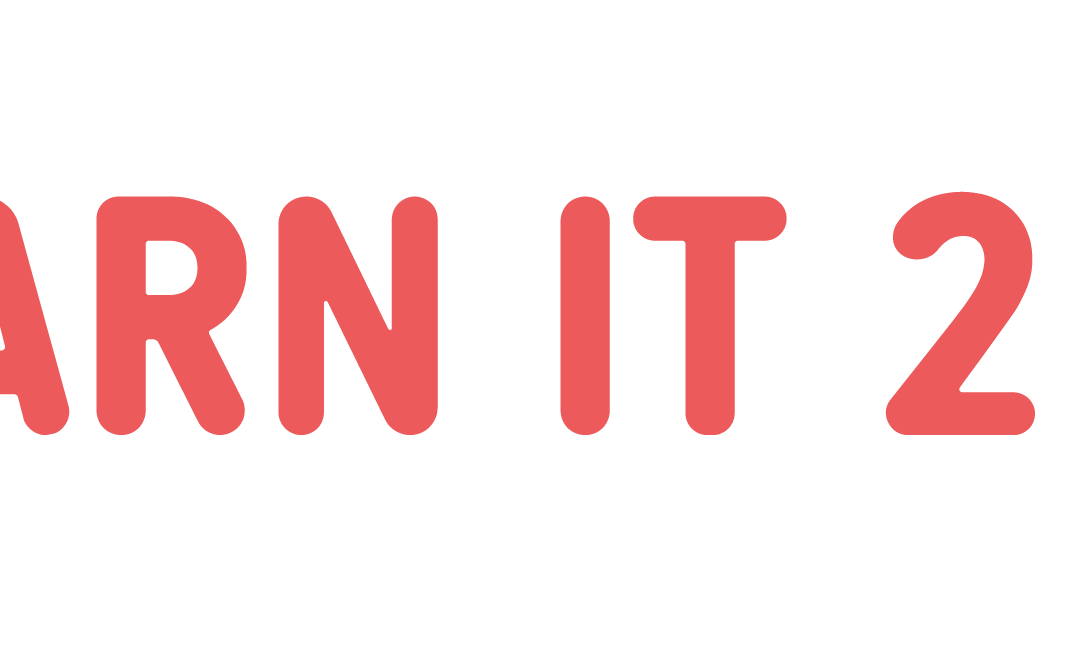Sometimes, kids will face a problem in math in which big numbers look almost identical. They may see 52323 and 53232 and need to point out which is larger or smaller. Comparing left and right just by looking at numbers can be difficult for some kids, so how should we help them with strategies to find larger or smaller amounts?
The easiest way we’ve found is by adding a few extra steps using the expanded form method.
The expanded form takes everything at a flat 0 place and shows the number as an addition problem. However, our strategy involves not showing an addition problem but putting the values side by side.
In its simplest and non-applied form, expanded form of numbers looks like this:

Expanded form by itself offers only a few benefits, but using the expanded form in number comparisons with our structure can help your kids greatly.
Expanded form starts by taking each digit and adding 0’s at the end of it based on its place value. If the number is in the thousands place, you add three 0’s to the end. If it’s in the hundreds place, you add two 0’s to the end, and so on. Looking at the example below you can see how we’ve broken it down

So using this, it’s actually easy to compare numbers that look similar.
By putting the expanded form digits side by side, it’s easier to see where the differences are for your child. Once they are side by side, have your child compare each expanded form value. The FIRST symbol that is not an = sign is going to be the answer for the number comparison.
Check out our worksheet below for more practice!

